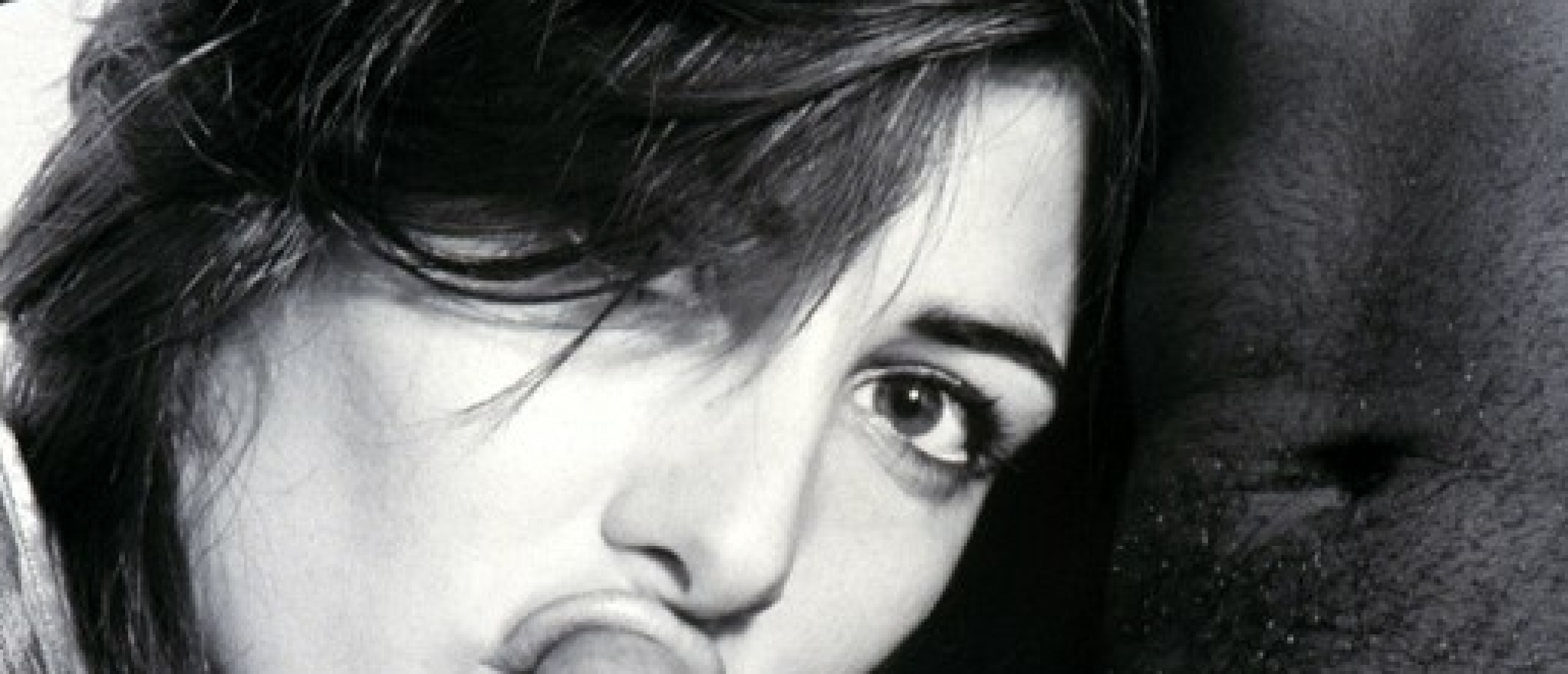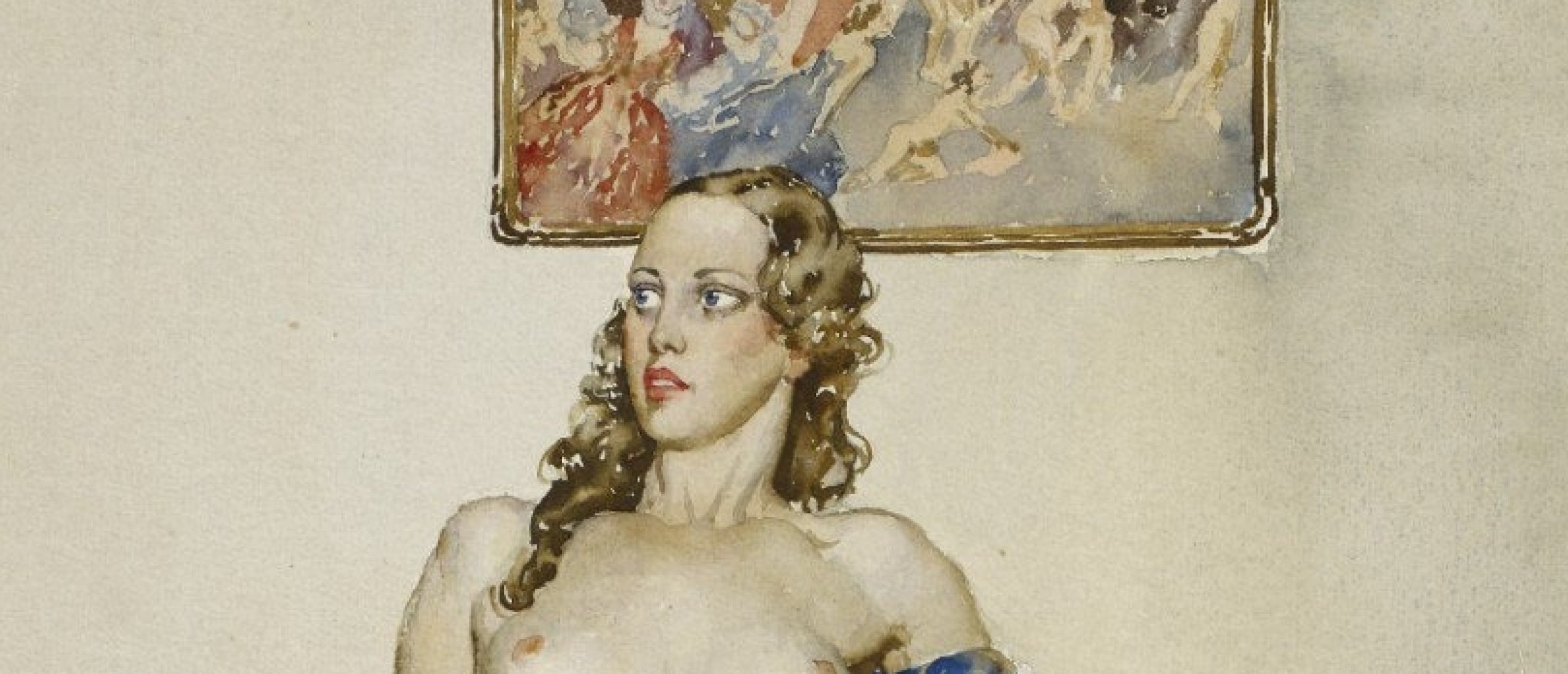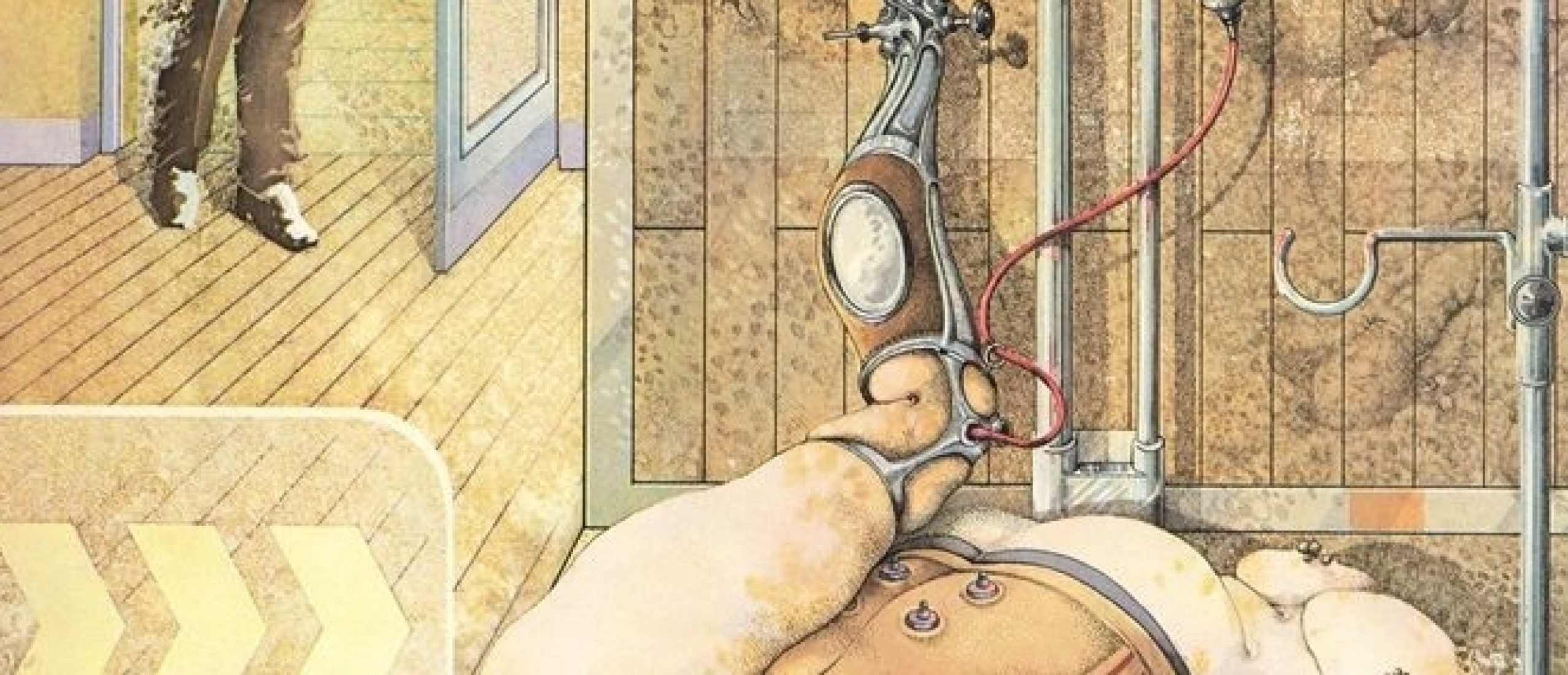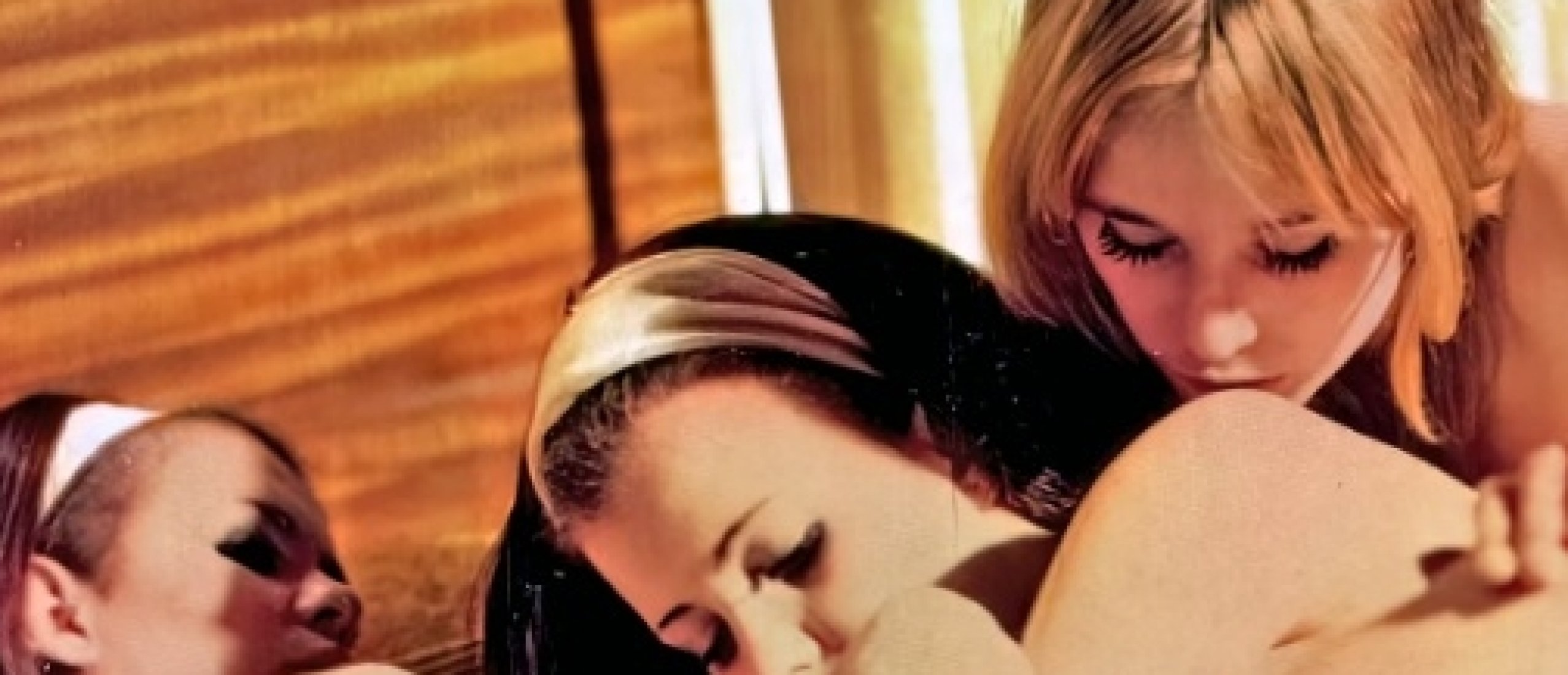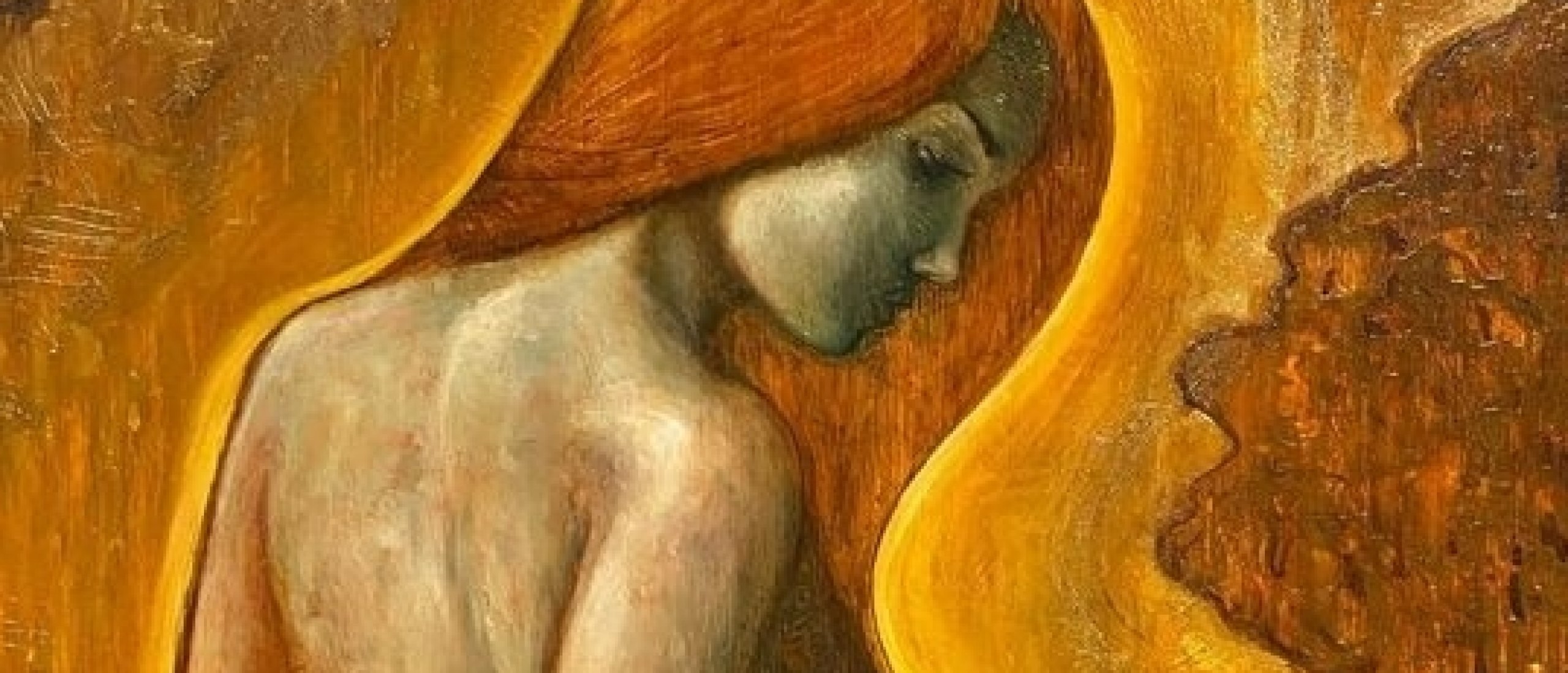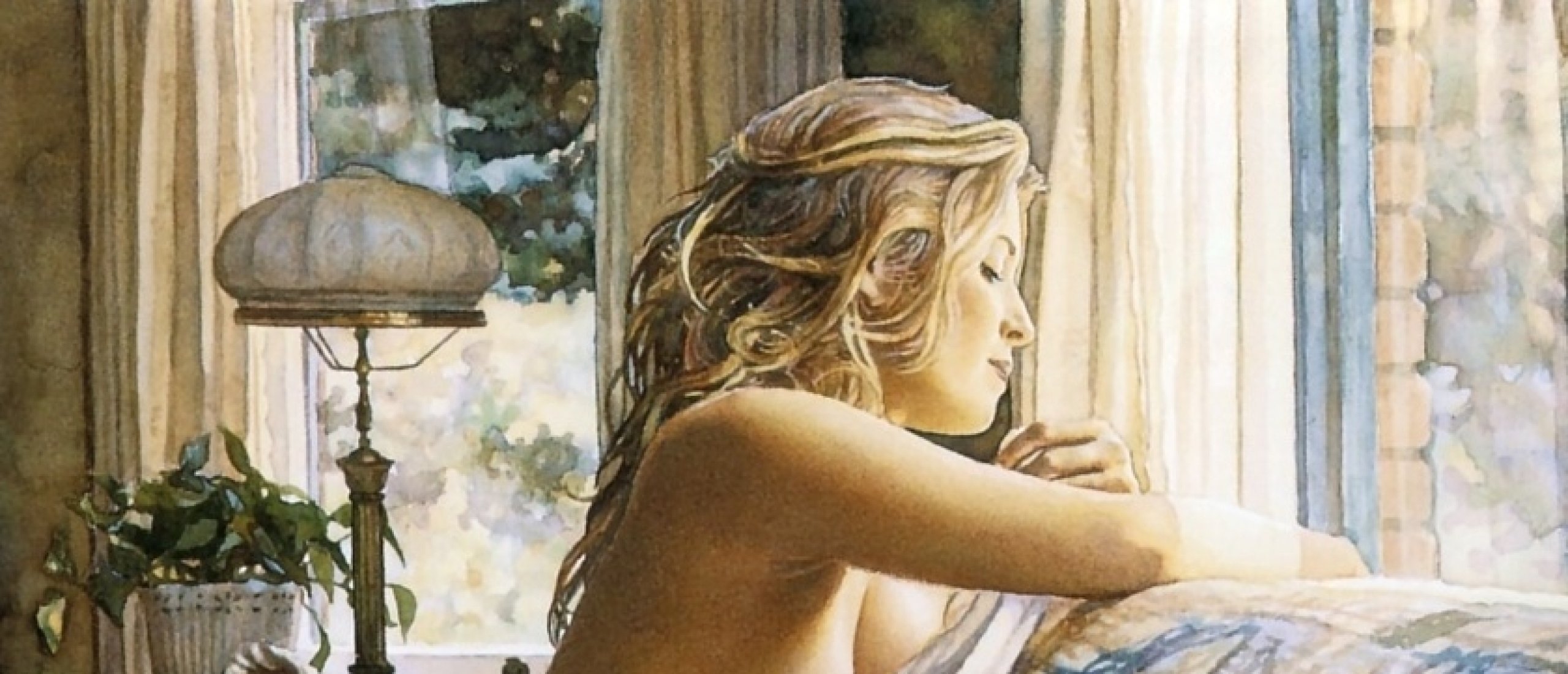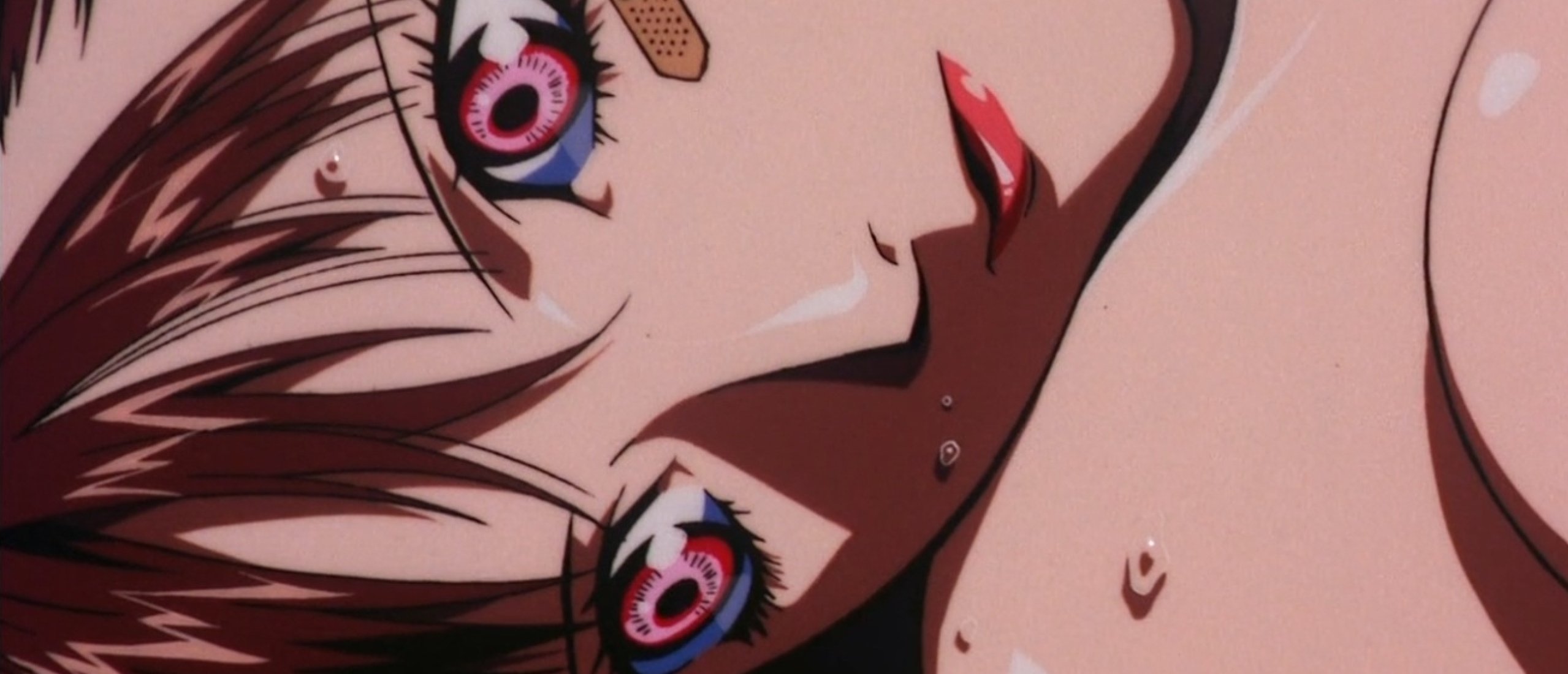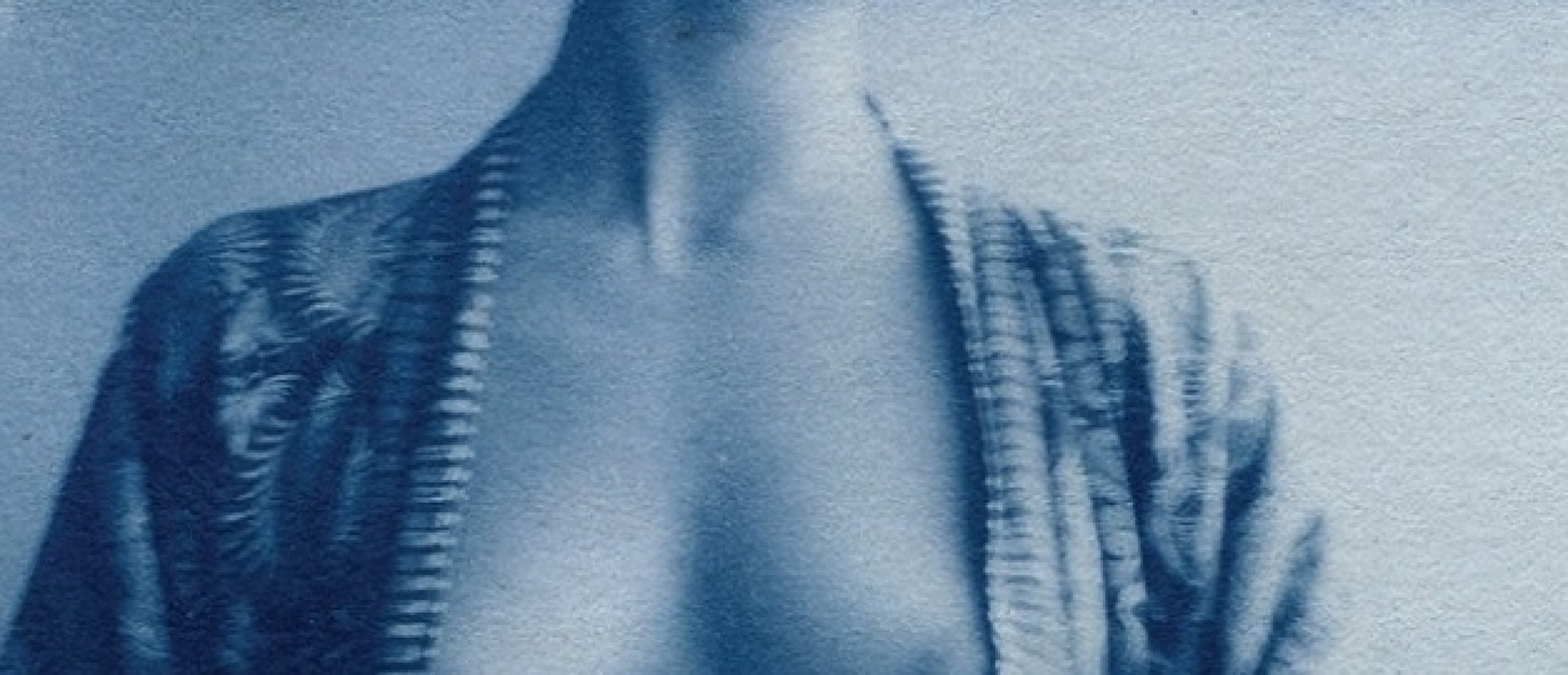
Indigo Intimacies: The Erotic Cyanotypes of Alina Chirila, Filippa Edghill, and Charlotte Fleming
The cyanotype, with its characteristic Prussian blue and ghostly white silhouettes, was invented in the mid-nineteenth century as a means of reproduction and classification, mostly for the botanical purposes but it has since then expanded artistically. Back then, botanists used it to fix fragile leaves and flowers into a permanent record and architects relied on it to reproduce blueprints. It was not initially intended for artistic, aesthetical purpose, and certainly its original purpose was not for erotic reverie. Still, in recent years, three contemporary women artists have reimagined cyanotype as a medium uniquely capable of translating the erotic into an alchemical language of shadow, transparency, and light. In the works of Alina Chirila, Filippa Edghill, and Charlotte Fleming, cyanotype becomes more than a process of imprinting: it is a ritual of embodiment, of inscribing desire directly onto paper with sunlight. To explore their erotic cyanotypes is to trace the meeting point between body and abstraction, between the explicitly sexual and the delicately ethereal. These artists embrace cyanotype’s elemental qualities; exposure to sun, immersion in water, the unpredictability of chemical reaction, all as metaphors for erotic surrender. Their works ask: what happens when intimacy is not painted, drawn, or photographed in conventional tones of flesh, but instead burns itself into deep indigo, a colour that is both nocturnal and oceanic, deep and mysterious?
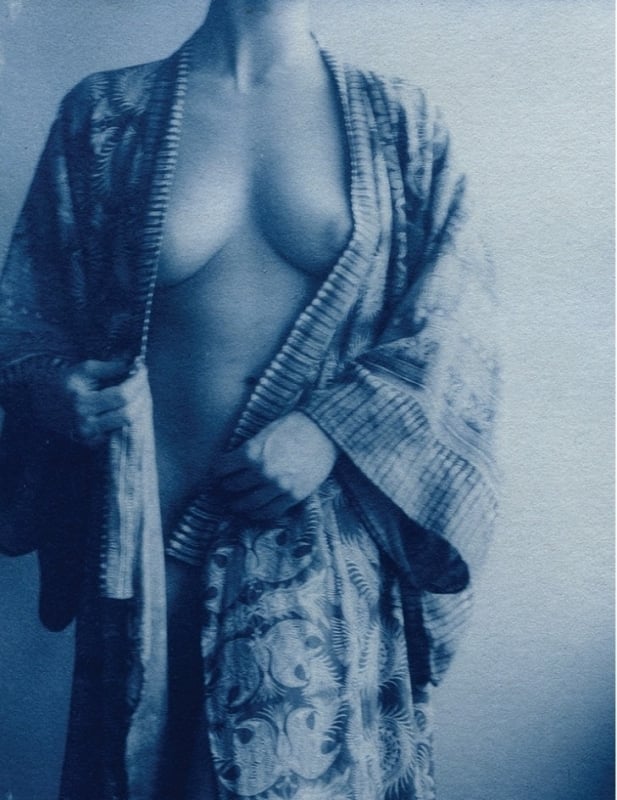
Fig.1 Alina Chirila
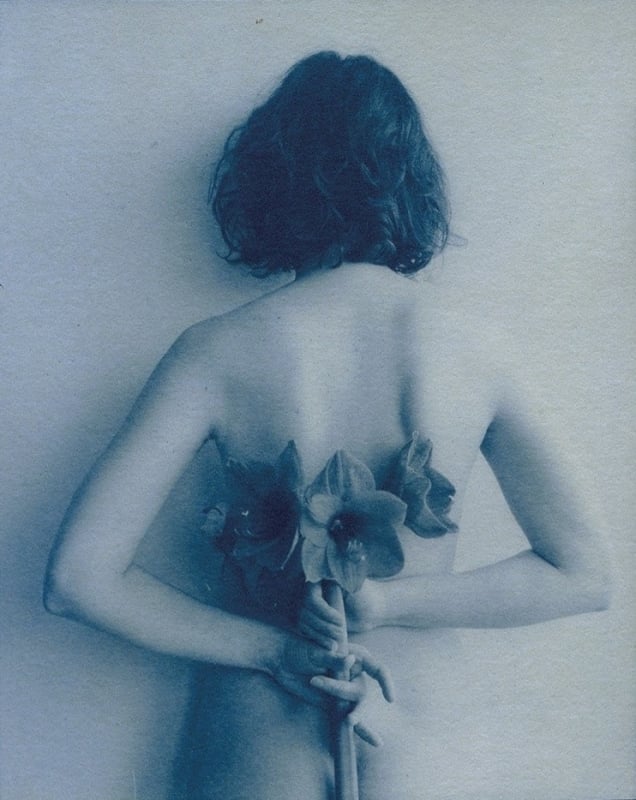
Fig.2 Alina Chirila
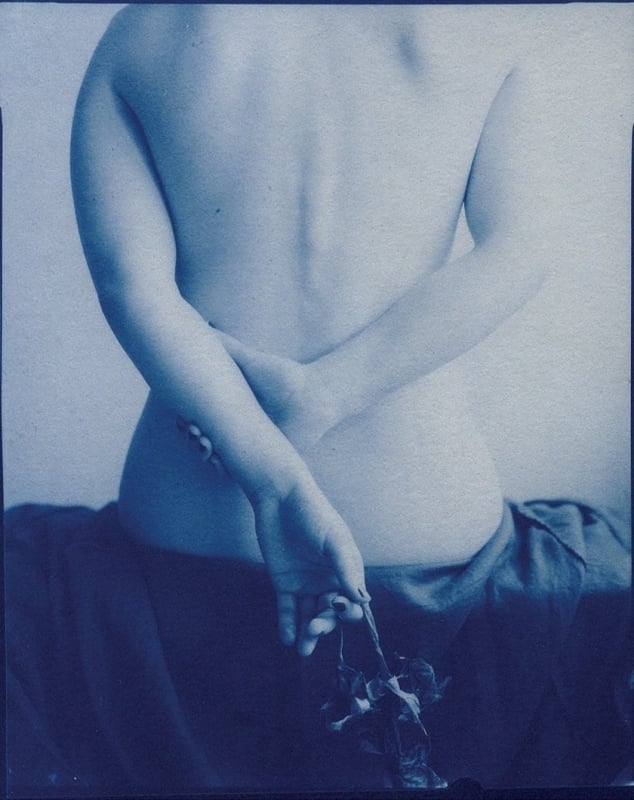
Fig.3 Alina Chirila
Deepen Into Midnight
The order in which I arranged these three artists is not a coincidence; Alina Chirila, Filippa Edghill, Charlotte Fleming. I feel like with Alina Chirila’s work we have the female form in its simplest, then in Filippa Edghill’s cyanotypes the motif of flowers appears and transforms the otherwise plain nudes into a groovy hippie dream, and then in the works of Charlotte Fleming the nude seems almost in the background and the dreaminess takes over.
Romanian artist Alina Chirila treats cyanotype almost as a performance between her own body and the sun or the moon, better said, considering the nocturnal mood of the cyanotype. In many of her works, limbs press directly against the sensitised surface, creating ghostly outlines that blur at the edges, as though the body is dissolving into the paper. Breasts, thighs, shoulders appear not as photographic precision but as intimate traces; the erotic as contact rather than representation. Chirila’s cyanotypes often feel ritualistic: a woman holding flowers or wearing a half-opened robe, exposing herself to the act of light, becomes both subject and medium. There is a vulnerability in the process: the body does not merely pose, it imprints. This resonates with erotic experience itself; to desire and be desired is to risk exposure, to leave a trace on another. The blue, in her works, is rarely static. Washes of indigo deepen into midnight at the edges, while the pressed figure shines pale in the centre. This contrast creates an almost womb-like enclosure, where the body glows like a secret flame. Erotic here is not garish but sacred, suffused with the intimacy of self-revelation.
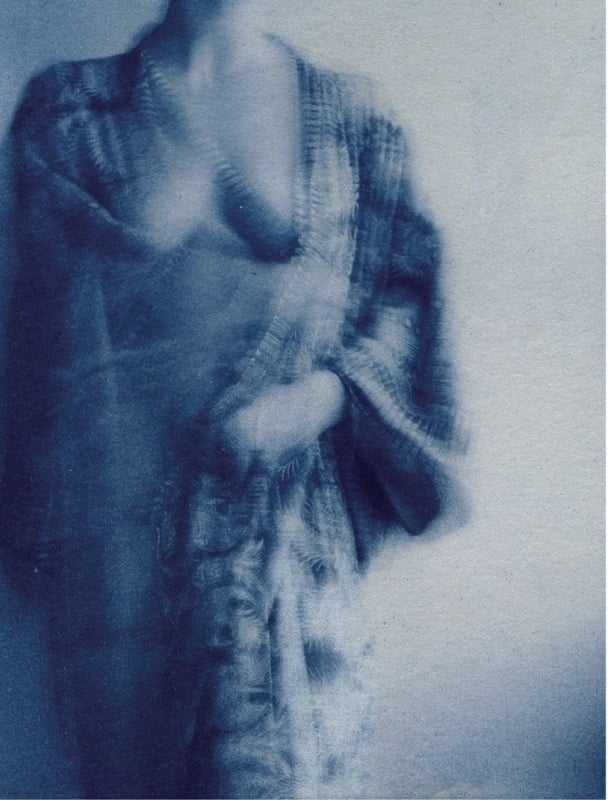
Fig.4 Alina Chirila
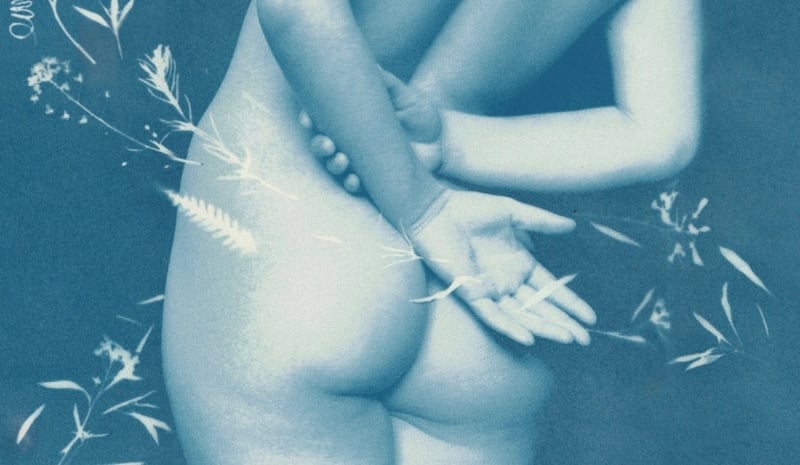
Fig.5 Filippa Edghill, Original - Cyanotype No. 1.
Become a Premium member now and check out the extended version of this article including more about Edghill’s mythic, free-spirited eroticism, Fleming’s mythological, dreamlike nudes, blue as an erotic force, cyanotype’s suggestive power, and more...!!
Click HERE for the pioneer of bondage photography Charles-François Jeandel and his "Blue Women"
Let us know your thoughts about this article in the comment box below...!!

